In this article, with the help of photos, we will learn about ash tree allergy (Genus: Fraxinus, Family: Oleaceae) as well as how and when their pollen spreads.
Ash tree allergy facts and figures (Fraxinus)
| Ash tree allergy profile (Genus: Fraxinus) | |
|---|---|
| Pollen season | Late winter and spring |
| Pollination type | Primarily wind-transported: releases abundant pollen in the air. |
| Gender | Dioecious: Generally, male and female flowers are on separate trees, but some species go through a hermophrodite phase as well. |
| Cross-reactivities with other pollen | Olive, Privet, Lilac |
| Pollen source | Pollen is released by green, yellow, or purple male flowers. |
| Tree leaves | Compound leaf with five to nine leaflets. The leaflets grow in pairs opposite each other except the odd one that grows at the tip (see pictures below). |
| Tree fruit | The female tree bears small winged fruit (samaras) (see pictures below) |
Ash tree releases pollen in the air and wind can carry the pollen many miles. Thus, the ash tree pollen is wind-transported.
How to know if an ash tree is releasing pollen?
Spring is the primary ash tree allergy season and you can look at the trees to see if they are actively releasing pollen.
If the ash tree is female, it will not release pollen. The absence of male flowers and the presence of fruit indicates that the tree is female. In the example below, you can see thin paper-like fruit (samaras). The samaras are also known as winged-fruit or helicopter seeds.
If the tree is male or hermaphrodite, and mature enough to flower, then during spring it will release pollen. Depending on the species, the male flowers start out white or purple and then turn brown on maturation. The male trees are primarily responsible for ash tree allergies during spring.
Below you can see a browning male tree loaded with pollen in contrast with yellow-green female trees in the background, which lack the capacity to produce pollen.
During which months do ash trees releases pollen?
Some species of Ash trees bloom in late winter and some bloom in spring.
In the San Francisco Bay area, ash tree pollen starts to appear in our air samplers by Jan-20th, most likely from the Shamel ash (Fraxinus uhdei), and remains present until the end of February. It makes a reappearance in mid-march when the Modesto velvet ash starts to bloom.
Ash trees that are more common in the Mid-West and the East-Coast of the United States, such as White ash (Fraxinus americana) and Green ash (Fraxinus pennsylivanica) pollinate during March and April.
Each year, depending on the weather conditions, the pollen season of ash trees can shift by a few weeks. If you live in the San Francisco Bay Area, you can read our pollen count reports for accurate and up to date information.
What does the ash tree pollen look like?
Ash tree pollen has four or five short furrows with slightly netted exine (Tetracolpate or pentacolpate with slightly reticulate exine.) The pollen on average is about 25 microns in size.
The pollen is yellow powder when seen collected on a surface but is invisible to the naked eyes when airborne and inhaled.
What do Ash trees look like?
The trees have compound leaves, generally with five to nine narrow leaflets. The leaflets are always present in an odd number, with a pair opposite each other and a single leaflet on the tip. The branches of the trees, too, grow opposite each other, however, branches often get trimmed or fall off, so this is not a reliable trait for identification.
Some species are deciduous and some are evergreen. Some change color during autumn to yellow, or, purple, and some remain green throughout.
The trees in the urban areas can be anywhere from 8 to 60 feet tall. Some species of trees, which are not trimmed can grow 90 feet tall.
Final thoughts
Ash tree pollen of genus Fraxinus is an important allergen of the Oleaceae family. It causes allergies during late winter and spring.
Cross-reactivity is common among the trees of the Oleaceae family. Therefore, if one is allergic to Ash pollen, it is likely that the person would also react to olive, privet, or lilac pollen.
I have written in detail about olive and privet, so if you react to ash pollen during spring, do not forget to read about these two allergens that bloom during late spring or summer.
Sources
- https://plants.usda.gov/
- http://dendro.cnre.vt.edu/dendrology/factsheets.cfm
- https://en.wikipedia.org/wiki/Fraxinus
References
- Allergy Plants by Mary Jelks, M.D.
- Plant identification terminology by James G. Harris and Melinda Woolf Harris (Second Edition)
- Sampling and indentifying pollens and Molds by E. Grant Smith
- The trees of golden gate park and San Francisco by Elizabeth McClintock PhD.
All pictures, unless otherwise credited to another source, are taken by the author and are copyrighted material. The pollen picture is taken in our aerobiology lab using an Olympus compound microscope. The use of pictures is permitted with a link back to the source page on the internet, or, an attribution to allerma.com on the printed material.
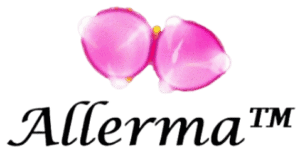
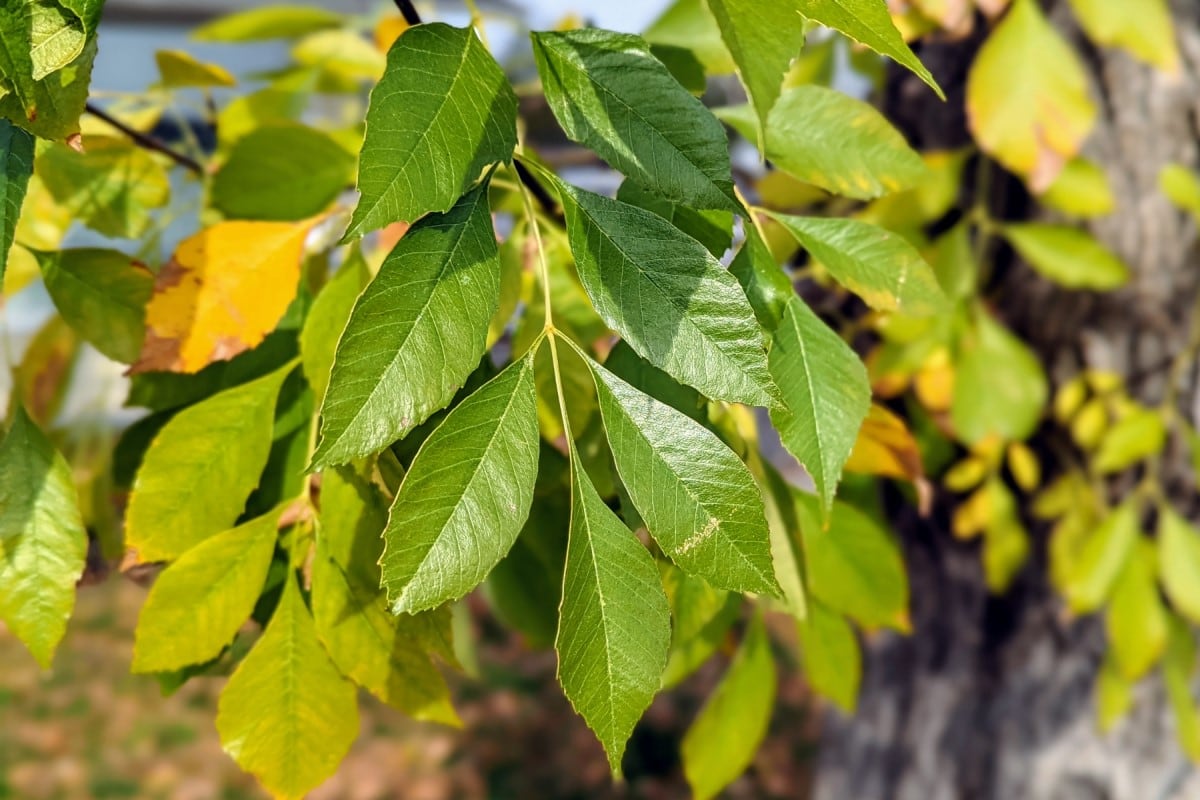

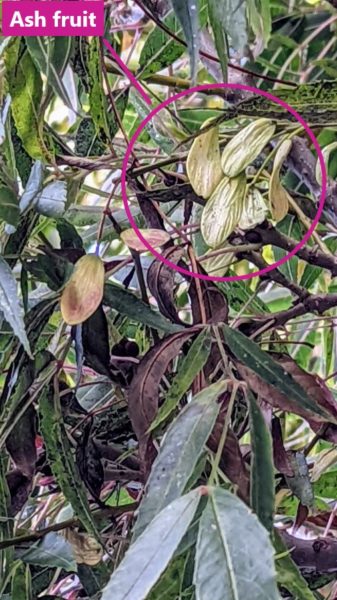
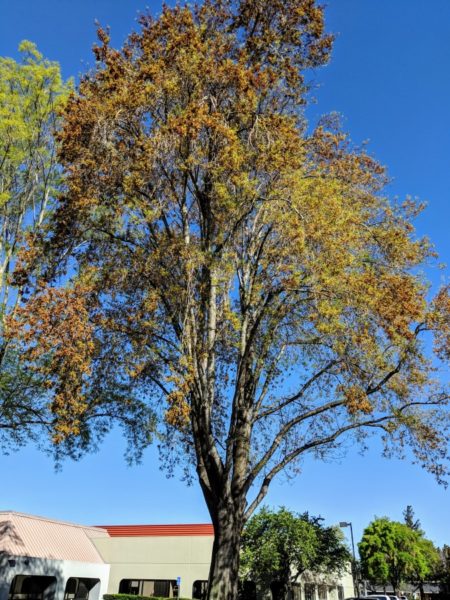
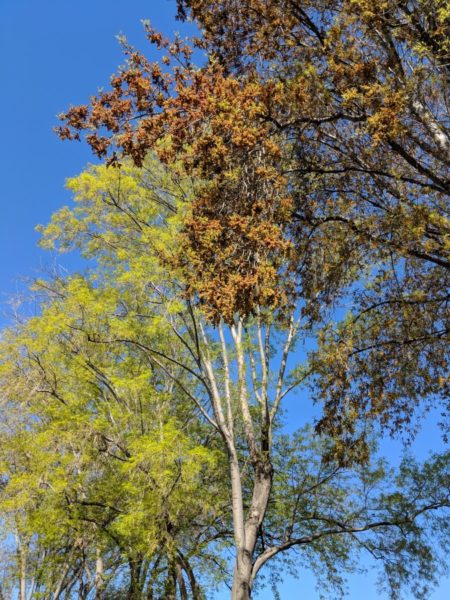
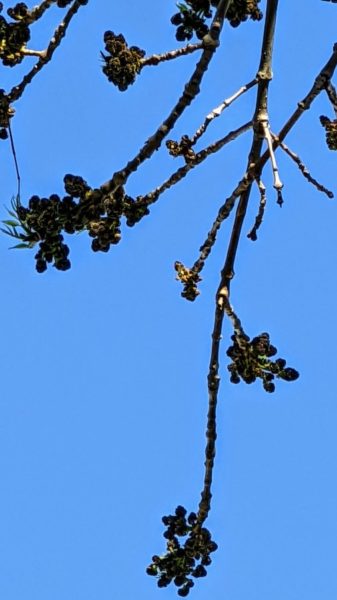
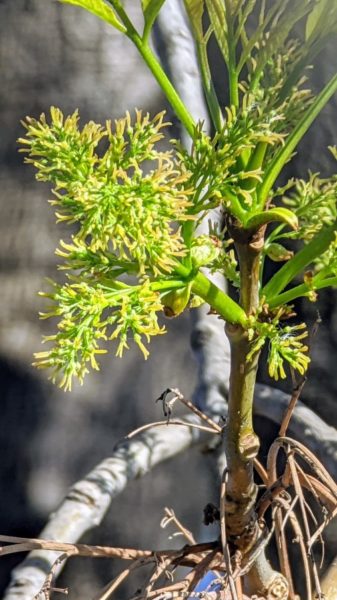
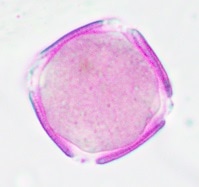
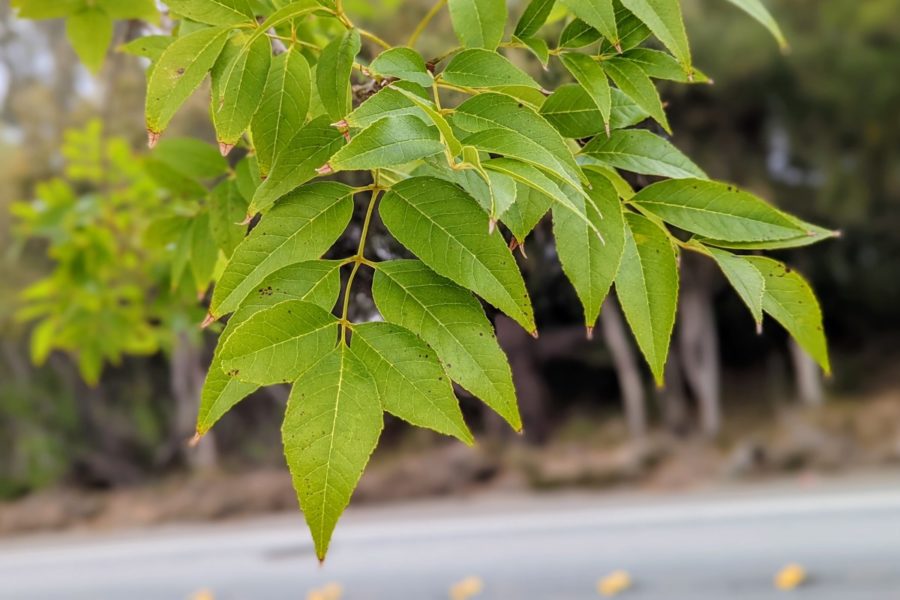
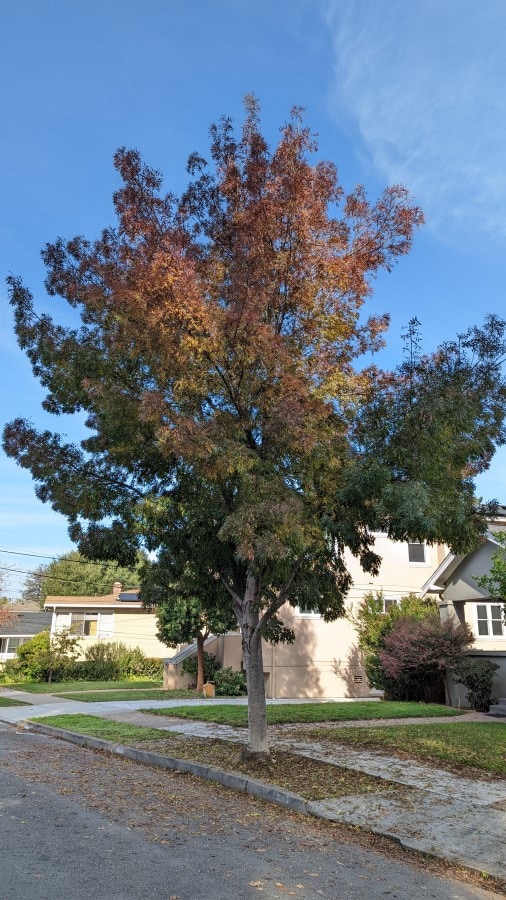

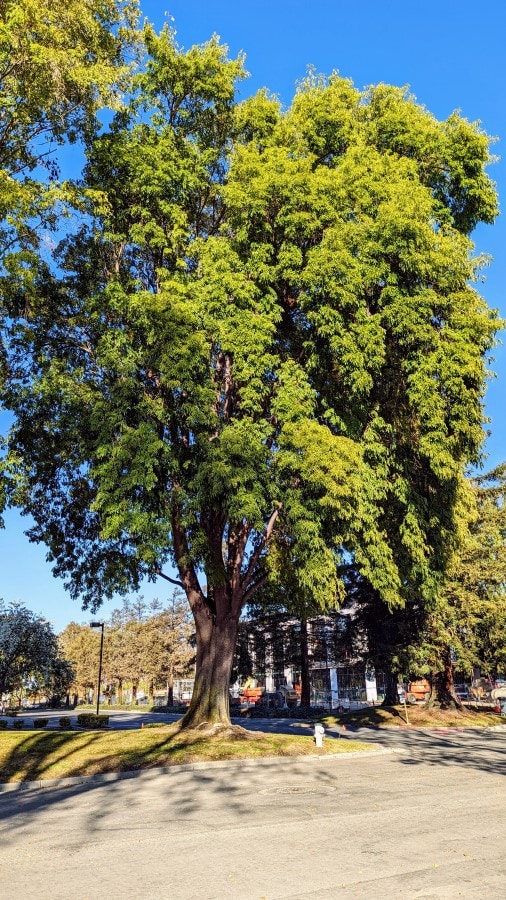
Although the shamel ash is truly a handsome tree, the pollen of male trees also contributes to very serious cases of asthma as well as severe respiratory allergies. The female trees create much debris in streets that enter sewer systems. Nevertheless, the tree is still being sold as a desirable tree in plant nurseries. The cost of medications alone to combat the allergies associated with this tree probably soars to millions if not billions of US dollars. The invasiveness of the plant in home gardens via germinating seeds has no rival. The clogging of sewer drains with roots is another costly expense.